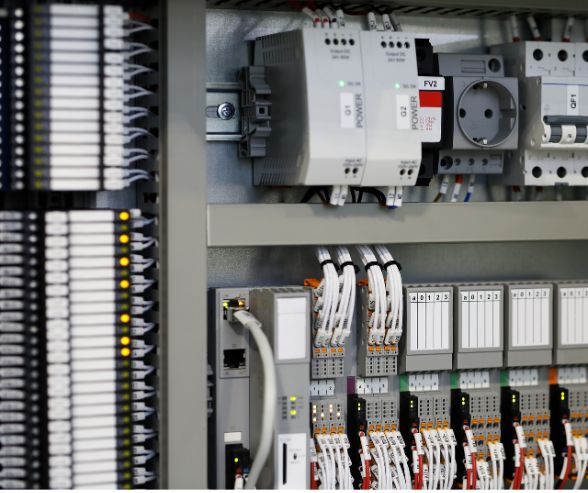
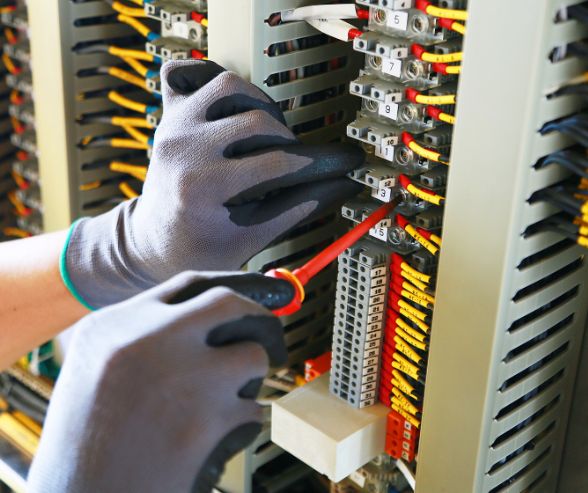
Introduction to PLC Controls | What is a PLC
In the fast-paced world of modern industrial automation, Programmable Logic Controllers (PLC Controls) stand out as a pivotal technology. These industrial computers are engineered for the automation of manufacturing processes. These include assembly lines and robotic devices, providing reliability, programmability, and fault diagnosis capabilities. In addition, their robust design makes them essential for the smooth operation of a wide range of industrial applications.
The Evolution of PLC Controls
The history of PLC Controls can be traced back to the late 1960s within the automotive sector in the USA. The initial programmable logic controllers emerged as an innovative solution designed to replace the extensive arrays of fixed relays and timers. Ultimately, the aim was to create a more flexible and programmable control system. Dick Morley invented the Modicon 084, marking the first appearance of PLC controls at General Motors in 1968. This revolutionary development marked the beginning of the transition from rigid hard-wired relay systems to adaptable, programmable control systems, whereby a simple to maintain single device, could be used rather than the extensive arrays of relays and was programmable using the familiar relay ladder logic. Furthermore, the PLC featured sufficient memory to preserve its programs during power interruptions and was specifically engineered to function reliably in harsh industrial conditions characterized by dust, moisture, electromagnetic interference, and vibration.
Evolution of PLC Controls Continued
As the 1990s concluded, PLC controls had transformed over the decades, becoming more compact, quicker, and robust, as well as a significant expansion in memory capacity. Entering the twenty-first century, this technological progress in PLC controls set the stage for ushering manufacturers into a novel phase characterised by internet connectivity. This includes the utilisation of big data, and the integration of various artificial intelligence applications within manufacturing environments.
PLC Architecture | Adapting to Evolving Industrial Needs
PLC systems come in various forms, from compact, modular devices suited for small operations to extensive, rack-mounted units designed for large-scale industrial networks. Their capability to operate under extreme conditions and their adaptability to different I/O configurations allow for customisation to meet specific industrial requirements, further highlighting the versatility of PLCs in automation.
PLC Controls | Advanced Communication
PLCs have evolved to integrate seamlessly with other control systems thus enhancing their functionality and enabling more sophisticated automation solutions. So modern PLC controls now feature real-time operating systems and advanced communication capabilities to ensure effective operation in interconnected industrial environments.
The Future of PLC Controls in Industrial Automation
As technology advances, the importance of PLC controls in industrial automation continues to grow. Therefore, their adaptability and integration with new technologies make them a key component in the development of advanced manufacturing processes, offering businesses a pathway to operational excellence and a definite competitive edge.
Automated Solutions Australia (ASA) – Your Partner in Automation
At Automated Solutions Australia (ASA), we specialise in leveraging the power of PLC controls to automate manufacturing processes.Our team of skilled engineers provides bespoke PLC programming solutions, offering comprehensive support entirely tailored to meet our clients’ unique needs.So with a commitment to reliability, efficiency, and customer satisfaction, ASA is dedicated to delivering cutting-edge automation solutions that harness the full potential of PLC controls technology.
For businesses in Australia looking to streamline their manufacturing processes through automation, ASA is your trusted partner. Our expertise in PLC controls and our collaborative approach to solutions, make us the ideal choice for achieving enhanced operational efficiency and embracing the benefits of industrial automation.
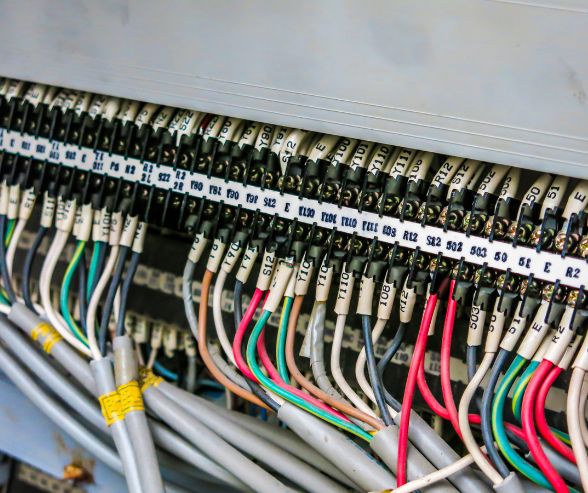
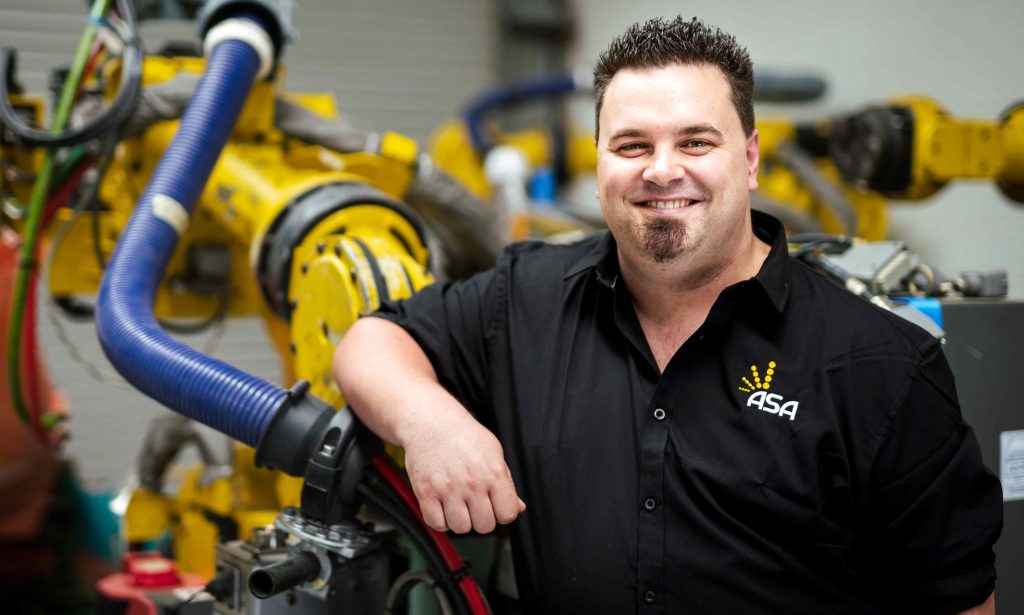
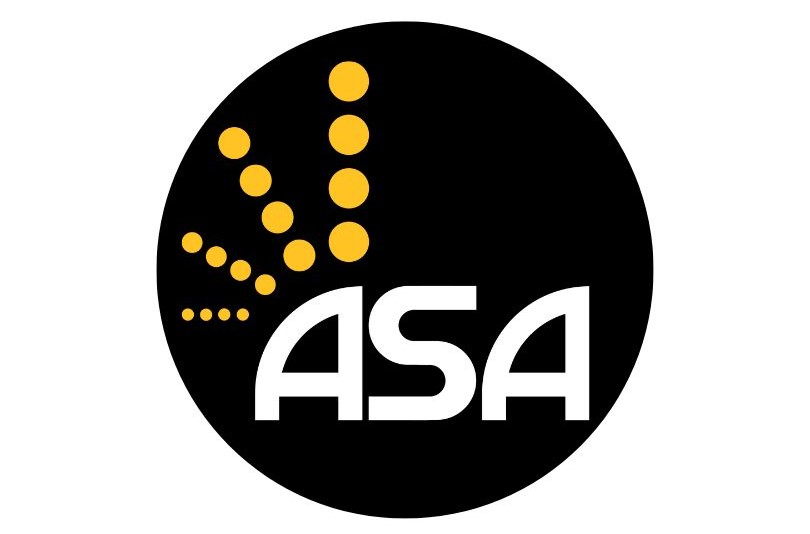

Send an enquiry:
Click an Application to Explore Further:
FANUC Robots Australia | Paint Robots for Surface Finishing | Welding Robots by FANUC | Machine Tool Tending Robots | Fibreglass and Gelcoat Robots | Palletising Robots | Robotic Vision Inspection Systems | Plastics Painting | Deburring and Polishing | Sealing and Dispensing | Picking and Packaging | Material Removal Robots | Shot Blasting and Peening |
More (Recent) News Stories from Automation Solutions Australia:
Deburring Machines | Robots a Historical Overview | Robotics Engineering | Automatic Paint | Robotic Loading Systems for CNC | Unlocking Your Manufacturing Potential | Spray Painting Robots | Automatic Sandblasting | CNC Mills | Automated Welding | Unlock the Future with Automation Systems | Robot Company, The Automation Era | Choosing an Automation Company | Harness the Power of Robotics with ASA | Robotic Painting | Automotive Welding | The Path to Machine Tool Automation | System Integrator Australia | Robotic Welders | Automate your CNC | Automation Company | Electrical Design | Human Machine Interface | Plastic Paint Robots | Robotics Australia | Solutions | Industrial/Manufacturing Robots | Industrial Engineering | FANUC Robot | Shot Blasting | Robotic Automation Solutions | Industrial Automation | FANUC Industrial Robots | FANUC Collaborative Robots | FANUC Palletising Robots | Robotic Palletisers | Robotic Fibreglass Spray Machines | CNC Machine Automation | Robotic Arm – An Industry Guide | The Cobot | Automation Robotics | Custom Automation Solutions | Assembly Robots | Automate your Paint Booth | Ceramic Coating – Cerakote | Automotive Automation | Pick and Place Robots | Understanding Industrial Automation | Arc V Spot Welding | What is Cerakote? | CNC Machines Australia | What is a Robotic Cell | Robotics Systems with ASA | What is ARC Welding? | Collaborative Robots – What are they? | Welding Automation |


